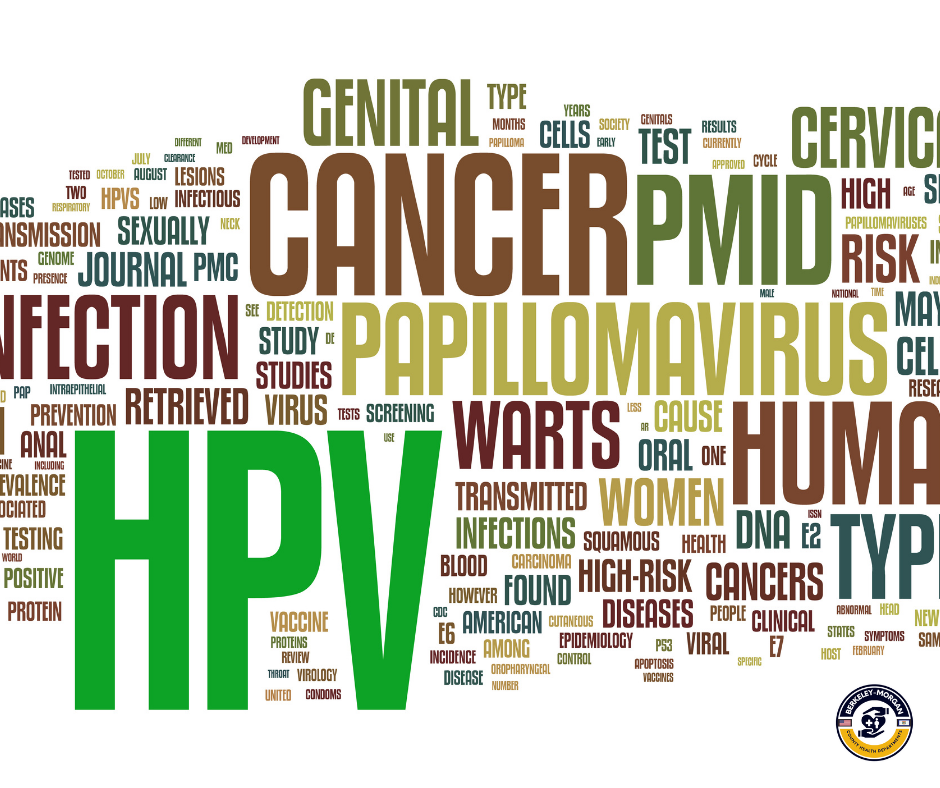H5N1 Prevention: Protect Your Flock, Business & Workers - September Update
- Health Department
- Sep 23
- 1 min read
Per CDC & USDA - September 2025:
What to know
H5 bird flu is widespread in wild birds worldwide and is causing outbreaks in poultry and U.S. dairy cows with several recent human cases in U.S. dairy and poultry workers.
While the current public health risk is low, CDC is watching the situation carefully and working with states to monitor people with animal exposures.
CDC is using its flu surveillance systems to monitor for H5 bird flu activity in people.
Reducing Exposure for Workers to Avian Influenza A Viruses:
Key points
Employers should take steps to reduce workers' exposure to avian influenza A viruses from sick animals or contaminated environments.
To protect workers who might be exposed, employers should update or develop a workplace health and safety plan.
Humans can be infected with H5N1, and other avian influenza A viruses, when enough virus gets into a person's eyes, nose, or mouth, or is inhaled.
Per USDA:
The H5N1 strain of highly pathogenic avian influenza (HPAI) is present in wild birds worldwide and is causing outbreaks in U.S. domestic birds and dairy cattle. Many other species are also susceptible to this virus. APHIS is working with our Federal, State, and industry partners to combat outbreaks, support producers, and strengthen prevention.
Detections of HPAI: H5N1 Influenza
For additional prevention information please visit:
Key Public Health Prevention Recommendations for HPAI A(H5N1) | Bird Flu | CDC Community Resources | B&M Health Dept



